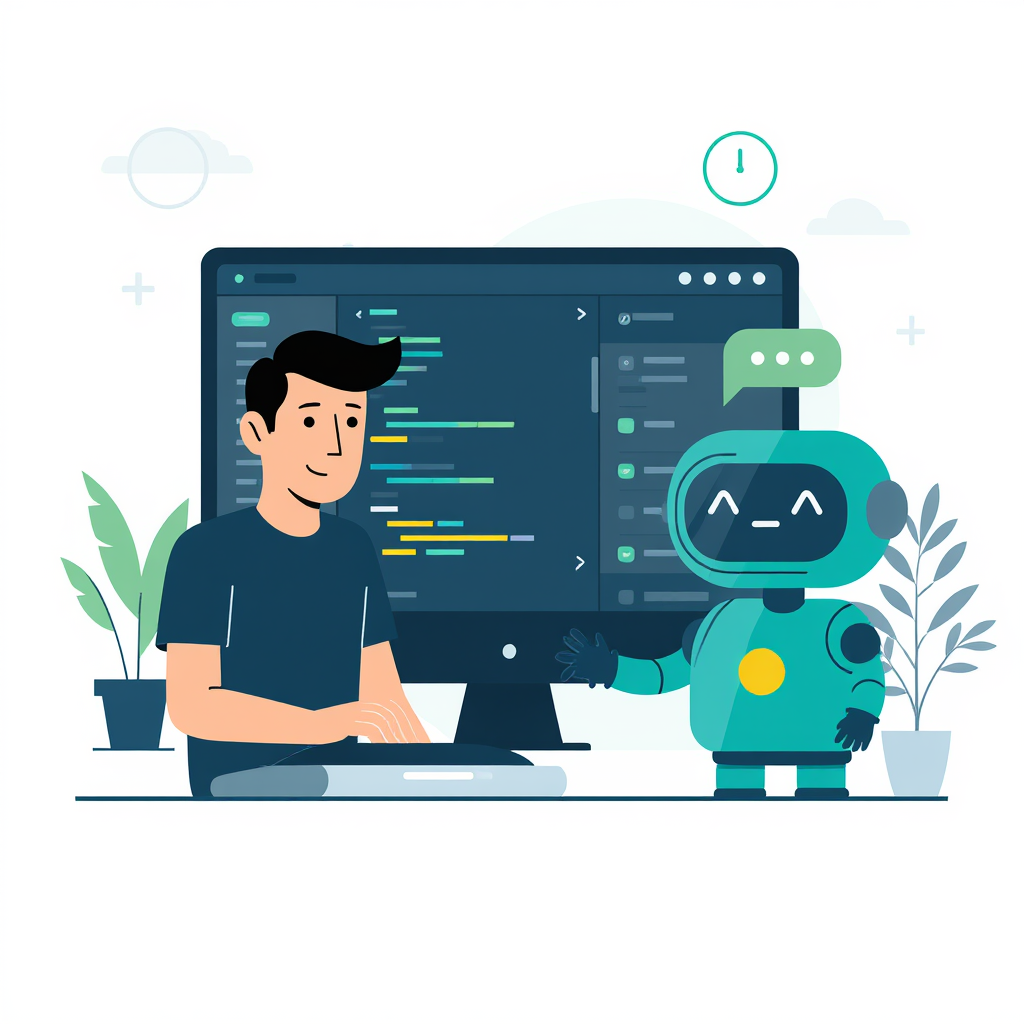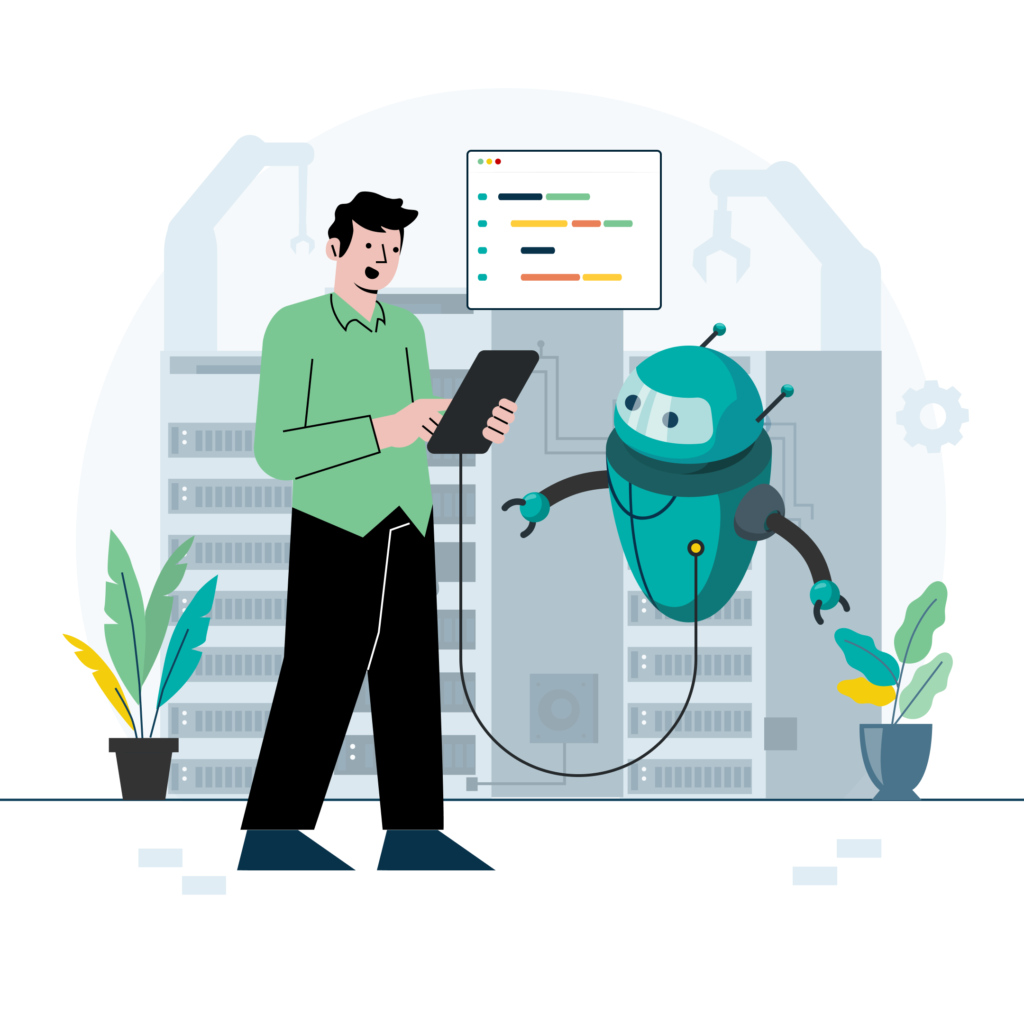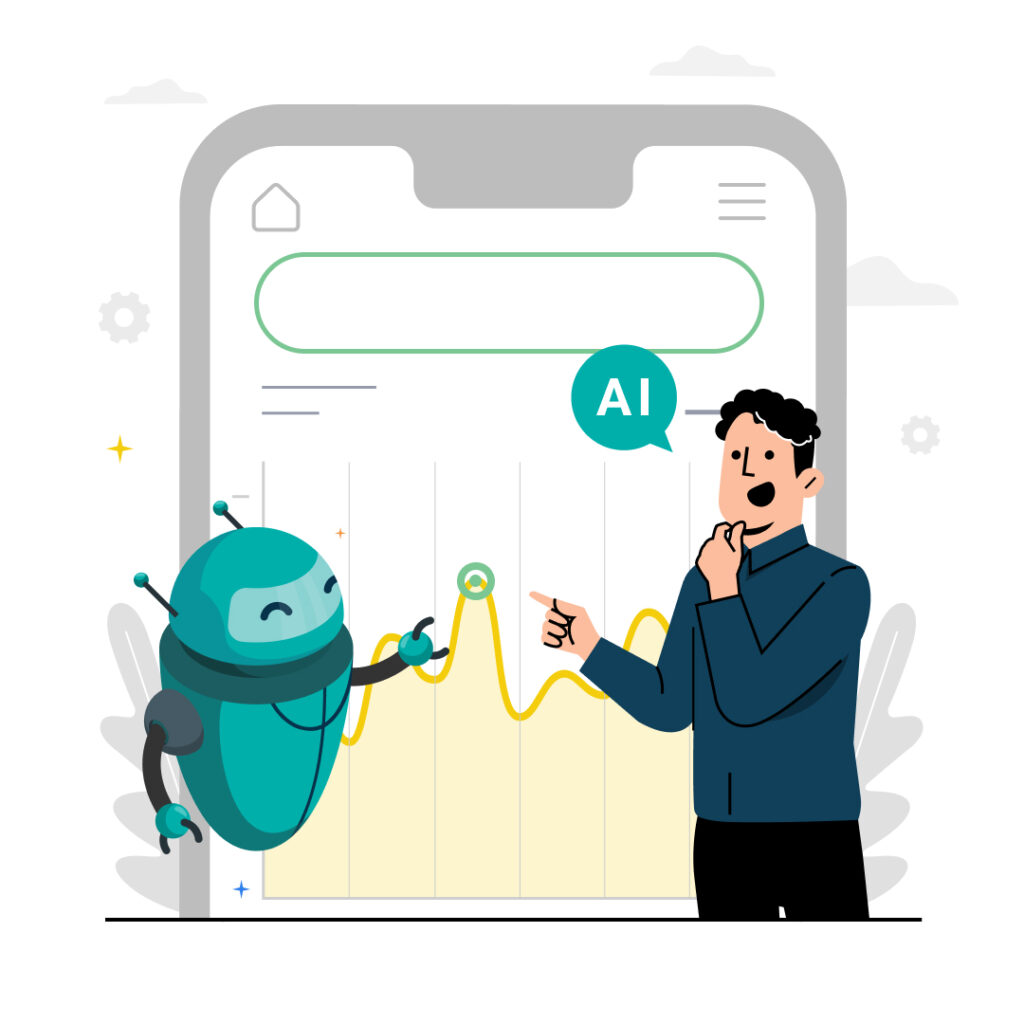You’re discovering a troubling paradox: while AI coding tools like GitHub Copilot dramatically accelerate initial development, the promised productivity gains disappear in downstream processes. Teams report 2-5x faster code generation, yet overall delivery timelines remain unchanged or even increase.
The culprit lies in traditional code review and debugging workflows that weren’t designed for AI-generated code patterns: larger pull requests, unfamiliar code structures, and subtle bugs that are harder to trace. Research reveals this bottleneck transfer phenomenon affects organisations using AI coding tools, with review times increasing significantly.
Understanding and addressing this productivity paradox is crucial for realising true AI value. This analysis examines why AI coding gains evaporate in reviews and debugging, provides data-driven insights, and offers practical solutions for optimising the entire development pipeline.
What is the AI productivity paradox in software development?
The AI productivity paradox occurs when initial coding speed gains from AI tools are offset by increased time in code reviews and debugging, resulting in minimal net productivity improvement. Individual developers experience significant faster code generation but teams see only marginal overall delivery improvements.
Telemetry from over 10,000 developers across 1,255 teams confirms this phenomenon. Developers using AI complete 21% more tasks and merge 98% more pull requests. However, PR review time increases 91%, revealing a critical bottleneck.
Recent studies suggest AI tools can boost code-writing efficiency by 5% to 30%, yet broader productivity gains remain difficult to quantify. The 2024 DORA report found a 25% increase in AI adoption actually triggered a 7.2% decrease in delivery stability and a 1.5% decrease in delivery throughput.
Why does AI-generated code take longer to review than human-written code?
AI-generated code requires longer reviews because it produces larger pull requests, unfamiliar code patterns, and subtle logical errors that human reviewers struggle to identify quickly. The psychological burden on reviewers cannot be understated—when examining code they didn’t write, reviewers experience decreased confidence and take longer to validate logic.
Harness’s engineering teams report that code review overhead increases substantially, with reviews for Copilot-heavy PRs taking 26% longer as reviewers must check for AI-specific issues like inappropriate pattern usage and architectural misalignment.
To address this challenge, some organisations require noting AI assistance percentage in PR descriptions, triggering additional review for PRs exceeding 30% AI content. This approach acknowledges that AI-heavy code requires different scrutiny levels.
How much debugging overhead does AI-generated code create?
AI-generated code increases debugging time significantly due to unfamiliar code structures and subtle logical errors. Engineering leaders consistently report that junior developers can ship features faster than ever, but when something breaks, they struggle to debug code they don’t understand.
Harness’s “State of Software Delivery 2025” found that 67% of developers spend more time debugging AI-generated code, while 68% spend more time resolving security vulnerabilities. The majority of developers have issues with at least half of deployments by AI code assistants.
Technical debt accumulation becomes a serious concern. The “2025 State of Web Dev AI” report found that 76% of developers think AI-generated code demands refactoring, contributing to technical debt.
What metrics should you track to measure real AI coding ROI?
Track end-to-end delivery metrics rather than just coding speed: cycle time from commit to production, pull request throughput, defect rates, and time-to-resolution for bugs. Key indicators include PR review duration, automated test coverage, deployment frequency, and developer satisfaction scores.
Track the full development lifecycle, from first commit to production. Pay attention to coding time versus review time and monitor the rate of completed work items. This holistic view reveals where bottlenecks actually occur.
Key metrics include pull request throughput, perceived rate of delivery, code maintainability, change confidence, and change failure rate. Monitor current metrics including cycle time, code quality, security vulnerabilities, and developer satisfaction before implementing AI tools.
Track bug backlog trends, production incident rates, and the proportion of maintenance work versus new feature development to ensure AI tools aren’t creating hidden technical debt.
How can you optimise code review processes for AI-generated code?
Optimise AI code reviews by implementing specialised review checklists, training reviewers on AI-specific error patterns, using automated quality gates, and adopting async review processes. Successful teams reduce review times through targeted reviewer training and AI-aware linting tools.
Establishing governance frameworks before widespread adoption proves essential. Define policies distinguishing customer-facing code from internal tools and set security scanning requirements.
Training programs make substantial differences. Cover secure usage patterns specific to your tech stack using actual code from your repositories. Research shows that organisations using peer-to-peer learning approaches achieve significantly higher satisfaction rates.
Tools like Diamond can significantly reduce the burden of reviewing AI-generated code by automating the identification of common errors and style inconsistencies.
Review checklists specific to AI-generated code should verify security practices, check edge case handling, evaluate performance characteristics, and validate against requirements.
What are the hidden costs of AI coding tools in organisations?
Hidden costs include increased review overhead, debugging time extensions, technical debt accumulation, and training costs. Organisations typically see significant annual hidden costs per developer beyond tool subscription fees.
Infrastructure costs mount with enhanced CI/CD pipelines, upgraded security scanning, and expanded monitoring systems. Teams report total infrastructure cost increases of 15-20% to properly support AI-assisted development.
Usage-based pricing scales quickly. Many teams underestimate how rapidly costs accumulate. A single integration generating 1,000 completions per day adds up to approximately 2 billion tokens per month, costing anywhere from $600 to over $2,000 monthly.
How do senior and junior developers perform differently with AI coding tools?
Senior developers achieve better net productivity gains because they can review and debug AI-generated code more efficiently, while junior developers often struggle with unfamiliar AI patterns. The experience gap becomes apparent during debugging situations.
Senior developers encounter challenges when mentoring becomes harder because junior team members skip foundational learning. This creates knowledge silos between developers who understand system architecture underpinning prompts and those who simply accept AI suggestions.
AI is enabling more T-shaped software development, where breadth of knowledge gets bigger while maintaining depth of expertise. Traditional skills were scripting and debugging, but new skills include writing effective prompts and reviewing AI suggestions critically.
How can organisations balance AI coding speed with code quality requirements?
Balance AI speed with quality through graduated automation: implement AI for routine tasks while maintaining human oversight for critical business logic, establish quality gates with automated testing, and create AI coding guidelines with clear boundaries.
Strong evaluation frameworks, including both automated testing and human oversight, ensure reliable results. Teams should integrate AI-generated code into regular code reviews, treating it with the same scrutiny as human-written code.
Task allocation becomes strategic. AI performs effectively for code generation, bug detection, test automation, and documentation. Complex architectural decisions and critical security implementations often benefit from human expertise.
When performing code reviews, developers must hold AI-generated code to the same standards as human-written code. If you don’t have foundational engineering best practices established, more code does not translate to good or stable code.
FAQ
Why are our pull requests taking so much longer to review since adopting AI coding tools?
AI tools generate larger, more complex pull requests with unfamiliar code patterns that require additional scrutiny from reviewers. Review times increase because teams must verify logic they didn’t write while catching AI-specific issues.
Should we slow down AI adoption because of the debugging overhead?
Focus on optimising processes rather than slowing adoption. Implement better review training, automated quality gates, and selective AI usage for routine tasks.
How do I know if AI coding is actually making my team more productive?
Measure end-to-end delivery metrics including cycle time, deployment frequency, and defect rates rather than just coding speed. Track total time from commit to production.
What’s the difference between individual and organisational productivity with AI tools?
Individual developers see significant coding speed improvements, but organisational productivity gains are typically much smaller due to bottlenecks in review processes and debugging workflows.
How can we train our team to review AI-generated code more effectively?
Implement specialised training on AI code patterns, create review checklists for AI-specific issues, and establish pair review sessions where experienced developers mentor others.
Are there tools that can help automate the review of AI-generated code?
Yes, tools like Diamond provide AI code validation, while AI-aware linters and automated quality gates can catch common AI-generated code issues before human review.
Conclusion
The AI coding productivity paradox reveals a fundamental misalignment between individual gains and organisational outcomes. While developers experience faster code generation, the benefits disappear in review and debugging processes that weren’t designed for AI-generated code patterns.
Success requires systematic optimisation of your entire development pipeline, not just the coding phase. By implementing specialised review processes, targeted training programs, and comprehensive measurement frameworks, you can capture the productivity gains that AI tools promise while maintaining code quality standards.
The path forward involves treating AI adoption as an organisational transformation rather than a simple tool upgrade, with processes, training, and metrics evolving together to support this new development paradigm.












